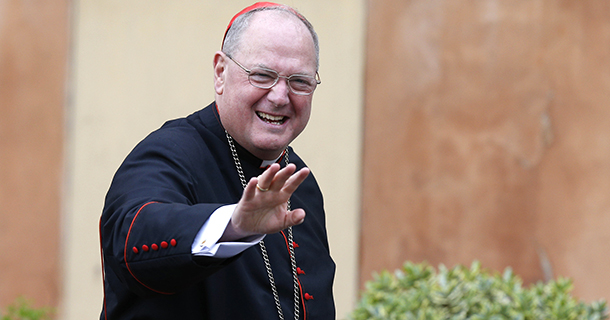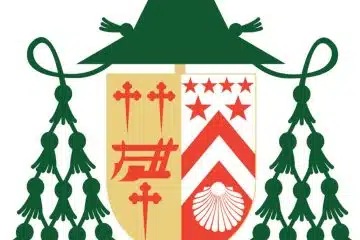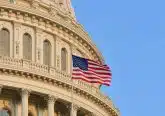Cardinal Dolan releases statement on final HHS rules

Staff Report
The following is a statement by Cardinal Timothy Dolan, president of the United States Conference of Catholic Bishops in response to the June 28 Final Rules on the HHS Mandate.
Last Friday, the Administration issued its final rule regarding the HHS mandate, which requires healthcare coverage for sterilization, contraception, and drugs and devices that may cause abortions.That same day, I issued a brief statement indicating that the Conference would take the time necessary to analyze the 110-page regulation carefully and offer a fuller statement in due course.As I noted then, we appreciate the five month delay in enforcement, in part because it affords us the time for that necessary analysis and response.
Although the Conference has not completed its analysis of the final rule, some basic elements of the final rule have already come into focus.It is useful to report promptly on what we do know, and also to identify where further study is needed.
Once again, the statement United for Religious Freedom—issued by the U.S. bishops’ Administrative Committee in March 2012, and affirmed by the entire body of bishops in June 2012—provides the framework for examining the final form of the HHS mandate.
That document identified three categories of religious freedom problems in the mandate—in short, problems with the “religious employer” exemption; problems with the “accommodation” for employers deemed not “religious enough” for the exemption; and problems with the lack of any exemption or “accommodation” for individuals and for-profit businesses.That is, we are concerned as pastors with the freedom of the Church as a whole—not just for the full range of its institutional forms, but also for the faithful in their daily lives—to carry out the mission and ministry of Jesus Christ.
We can already tell how the final rule fares in the first and third categories, because there have been no changes in those areas since the proposed rule of February.At that time, we made clear that all but one of the problems we originally identified with the definition of “religious employer” remained in place, and that the proposed rule actually made matters more troubling by preventing dioceses and other exempt employers from extending their coverage to the employees of service ministries that are not exempt.We also made clear in February that the proposed rule, like earlier versions, made no provision at all for individuals and for-profit businesses.Because the final rule remains the same in these areas, so do our concerns.
In the second category—the “accommodation” for religious charities, schools, and hospitals—the overall structure remains the same as under the proposed rule.There are, however, some relatively small changes to the “accommodation” that will take more time to evaluate.But even now, it is clear that the final rule does at least three things differently from the proposed rule.
Two developments related to insured plans, and one to self-insured plans:
″For insured plans, the proposed rule would have established separate insurance policies for coverage of sterilization, contraception, and abortifacients; but the final rule does not.Now, there is only one policy, and it is the one sponsored by the Catholic employer.The objectionable items will still be paid for by virtue of the fact that an employee belongs to the Catholic employer’s plan, but these amounts are described as “payments” rather than “coverage.”
″Also regarding insured plans, the final rule proposes to segregate funds in a way not specified in the proposed rule.This seems intended to strengthen the claim that objectionable items will not ultimately be paid by the employer’s premium dollars.But it is unclear whether the proposal succeeds in identifying a source of funds that is genuinely separate from the objecting employer, and if so, whether it is workable to draw from that separate source.
″Regarding self-insured plans, the proposed rule described three alternative roles for the third-party administrator in securing coverage of sterilization, contraception, and abortifacients.The final rule selects the alternative that treats the employer’s very act of objecting to coverage of sterilization, contraception, and abortifacients as the legal authorization for a third-party administrator to secure the objectionable coverage.In our comments to HHS on the proposed rule, we identified this alternative as the most objectionable of the three.
Following United for Religious Freedom, we will continue to examine the extent to which these changes tend to “force[ these religious ministries of service] to violate their own teachings within their very own institutions,” in turn “undermin[ing] the effective proclamation of those teachings to the faithful and to the world.”We will have more to say when this aspect of our analysis is completed.At this point, however, our study has not discovered any new change that eliminates the need to continue defending our rights in Congress and the courts.













